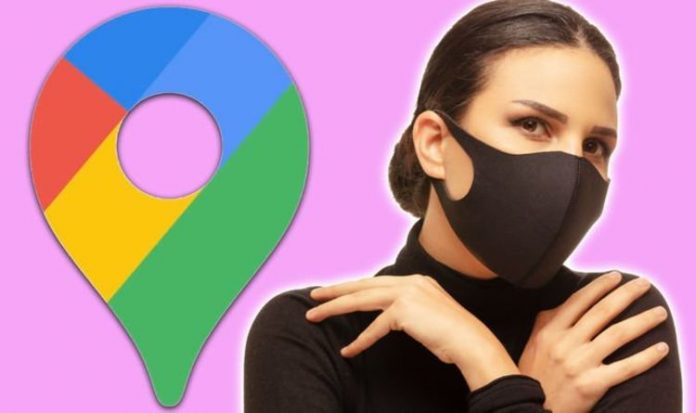Google Maps users are started to receive a helpful new update which sounds like a godsend for anyone worried about travelling during the coronavirus pandemic. The Mountain View-based firm has revealed they’re enhancing their “busyness” information feature, which will help users plan ahead when they’re going to make a journey. Launched back in 2016, Google has said the busyness information functionality – which is available for tonnes of locations such as restaurants, supermarkets, beaches, parks and transport hubs – has seen a huge increase in engagement this year as people try to work out whether a venue will be crowded at certain times of day.
Between March and May, this feature saw a 50 percent increase in engagement as more people tried to figure out when was the quietest times to head to a location. Not only that, but Google has been expanding live busyness information to millions around the world – and are on track to increase this globally by five times compared to June 2020.
This information has become essential to people looking to social distance as best as they can and travel when it’s quietest to stay clear of large crowds. And now Google has revealed that Google Maps will soon be able to show busyness information on the main map screen, without users having to search for location information.
In an update that is being rolled out as we speak, the main map view in Google Maps will show busyness information by locations as you navigate around it.
Locations will have busyness information next to it such as ‘not busy’, ‘busier than usual’ and ‘as busy as it gets’. Google said this added functionality will help Google Maps users “stay informed and get around safely”.
READ MORE: Google brings colossal change to ALL Android smartphones in the UK
In a post online they said: “The ability to see busyness information on Google Maps has been one of our most popular features since it launched back in 2016.
“During the pandemic, this information has transformed into an essential tool, helping people quickly understand how busy a place is expected to be so they can make better decisions about where to go and when. In fact, as people around the world adjusted to life during the pandemic, they used popular times and live busyness information more. We saw engagement with these features rise 50 percent between March and May as more people tapped, scrolled and compared data to find the best days and times to go places.
“We’ve been expanding live busyness information to millions of places around the world, and are on track to increase global coverage by five times compared to June 2020.
“This expansion includes more outdoor areas, like beaches and parks, and essential places, like grocery stores, gas stations, laundromats and pharmacies. Busyness information will surface in directions and right on the map—so you don’t even need to search for a specific place in order to see how busy it is. This will soon be available to Android, iOS and desktop users worldwide.”
Google also highlighted how health and safety information is now “front and centre” of Google Maps, with detailed information being shown on measures businesses are adopting to stay safe.
So if you’re heading to a restaurant you’ll be able to find out if staff are wearing masks or if any other safety measures are in place to keep you and other people safe.
Google said: “It’s hard to know how a business’ offerings have changed during the pandemic. To help people find the freshest business information possible, we’ve been using Duplex conversational technology to call businesses and verify their information on Maps and Search. Since April 2020, this information has helped make more than 3 million updates, including updated hours of operation, delivery and pickup options, and store inventory information for in-demand products such as face masks, hand sanitiser and disinfectant. To date, these updates have been viewed more than 20 billion times.”




